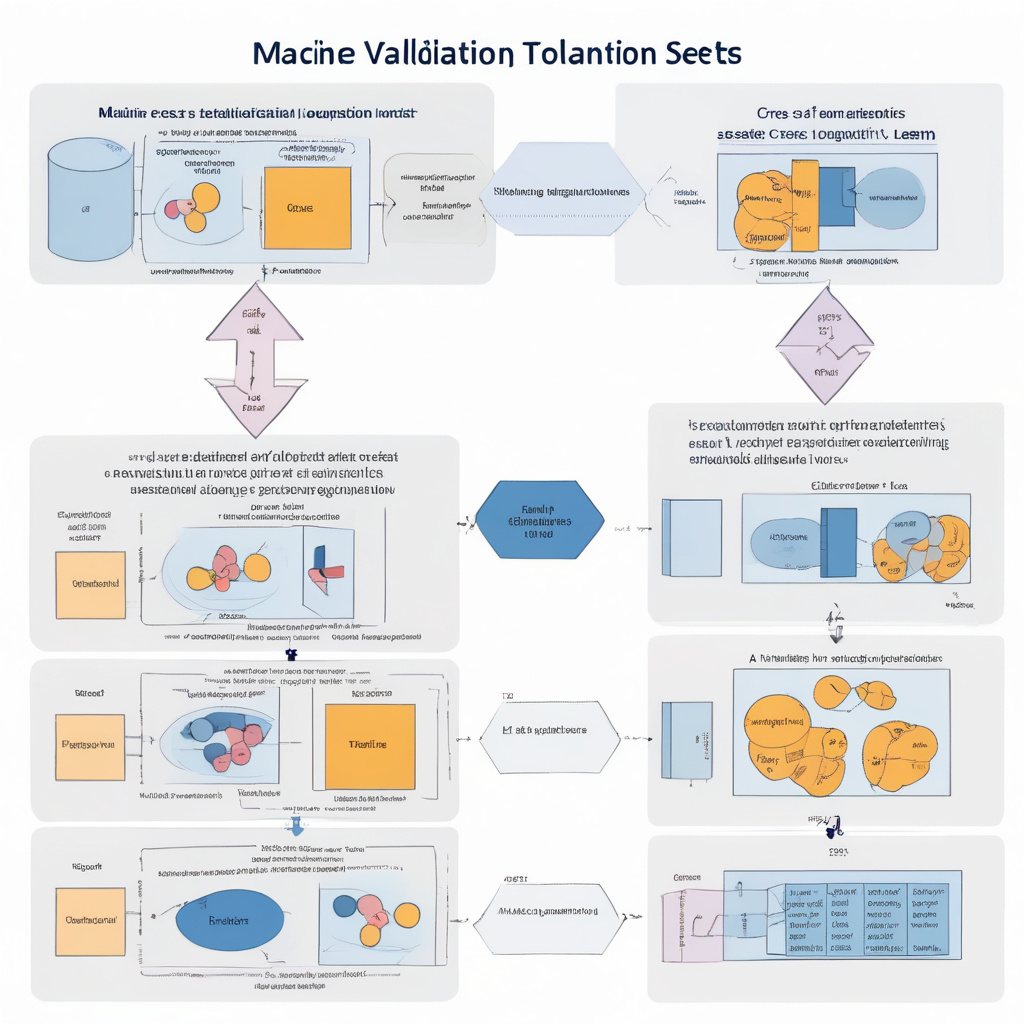Title: Demystifying Cross-Validation: A Practical Guide with Illustrations
Cross-validation, in the realm of data science and machine learning, is a crucial technique for assessing the performance of predictive models. While it may sound complex, at its core, cross-validation is a method to evaluate how well a model generalizes to an independent dataset.
Imagine you have a dataset that you split into a training set and a test set using the hold-out method. This approach can be problematic because the model’s performance heavily relies on how the data is divided. Here’s where cross-validation shines—it mitigates such risks by using multiple train-test splits within the dataset.
By employing cross-validation, you can train and test your model on different subsets of the data, providing a more accurate estimate of its performance. This method is particularly beneficial when working with limited data, as it maximizes the use of available information.
Let’s delve into a simple example to illustrate the concept further. Suppose you have a dataset with 100 samples. In a typical scenario, you might split this into 80 samples for training and 20 samples for testing using the hold-out method. However, with cross-validation, you could divide the data into, say, five folds. This means the data is split into five equal parts, with each part taking a turn as the test set while the rest act as the training set.
This iterative process allows you to evaluate the model’s performance across different subsets of the data, providing a more robust assessment of its capabilities. By averaging the results from each fold, you obtain a more reliable estimate of how the model will perform on unseen data.
In practical terms, cross-validation helps in identifying issues like overfitting or underfitting, enabling you to fine-tune your model for better generalization. The ability to assess a model’s performance more accurately makes cross-validation a preferred choice over the traditional hold-out method.
Now, let’s see how you can implement cross-validation using basic code. In Python, libraries like scikit-learn offer convenient functions to perform cross-validation with just a few lines of code. Here’s a simplified snippet to give you an idea:
“`python
from sklearn.model_selection import cross_val_score
from sklearn.linear_model import LogisticRegression
model = LogisticRegression()
scores = cross_val_score(model, X, y, cv=5) # cv=5 indicates 5-fold cross-validation
print(“Cross-Validation Scores:”, scores)
“`
In this snippet, we create a logistic regression model and use `cross_val_score` to evaluate its performance using 5-fold cross-validation. The resulting scores provide insights into how well the model generalizes across different subsets of the data.
To complement our understanding, let’s visualize the process of cross-validation with a diagram. Imagine a circle representing the entire dataset, divided into five equal parts or folds. During each iteration, one fold is held out as the test set, while the model is trained on the remaining folds. This rotation continues until each fold has served as the test set once.
By visualizing this cyclic process, you can grasp how cross-validation ensures thorough testing of the model on diverse data points, enhancing its reliability and generalization capabilities.
In conclusion, cross-validation stands out as a robust technique for evaluating model performance, surpassing the limitations of traditional methods like hold-out validation. Its ability to provide a comprehensive assessment through iterative testing makes it a valuable tool in the data scientist’s arsenal. Incorporating cross-validation into your model evaluation process can lead to more accurate results and informed decision-making in your data-driven endeavors.

